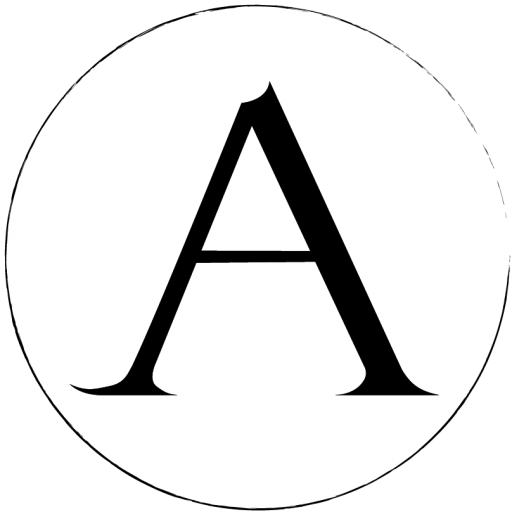About
Gabriel Argy-Rousseau followed in the footsteps of Gallé, Daum, and the school of Nancy-based glass artisans who were responsible for putting French art glass on the map and into the homes of consumers in the early years of the 20th century. Instead of working in cameo glass or crystal like his predecessors, Argy-Rousseau chose pâte-de-verre, or glass paste, as his medium.
Pâte-de-verre is a mold-based technique for creating glass (rather than blowing). Glass is ground into a fine powder, then a binding agent is added to make a paste. Color compounds and a flux to facilitate melting are both added as well. The paste is then placed in a mold and fired. The result is a rather cloudy, rough glass surface with vibrant colors.
Argy-Rousseau mastered pâte-de-verre, using it to create vases, lamps, and jewelry, such as this ‘Chardon de Mer’ pendant. Designed in 1924, this Art Deco pendant necklace features a white sea thistle against a swirling backdrop of pinks and purples. It’s estimated that Argy-Rousseau made up to only 50 examples of each of his designs, and, given the fragile nature of the glass material, present-day examples are rare.
Condition
Excellent.
For a detailed condition report, please contact us.
Literature
Janine Bloch-Dermant, G.Argy-Rousseau: Glassware as Art (Thames and Hudson: London, 1991), p.195, fig. 24.34 for illustration of example of this model.
Gabriel Argy-Rousseau followed in the footsteps of Gallé, Daum, and the school of Nancy-based glass artisans who were responsible for putting French art glass on the map and into the homes of consumers in the early years of the 20th century. Instead of working in cameo glass or crystal like his predecessors, Argy-Rousseau chose pâte-de-verre, or glass paste, as his medium.
Pâte-de-verre is a mold-based technique for creating glass (rather than blowing). Glass is ground into a fine powder, then a binding agent is added to make a paste. Color compounds and a flux to facilitate melting are both added as well. The paste is then placed in a mold and fired. The result is a rather cloudy, rough glass surface with vibrant colors.
Argy-Rousseau mastered pâte-de-verre, using it to create vases, lamps, and jewelry, such as this ‘Chardon de Mer’ pendant. Designed in 1924, this Art Deco pendant necklace features a white sea thistle against a swirling backdrop of pinks and purples. It’s estimated that Argy-Rousseau made up to only 50 examples of each of his designs, and, given the fragile nature of the glass material, present-day examples are rare.
Excellent.
For a detailed condition report, please contact us.
Janine Bloch-Dermant, G.Argy-Rousseau: Glassware as Art (Thames and Hudson: London, 1991), p.195, fig. 24.34 for illustration of example of this model.
This item ships free to the continental US, and globally for a flat-rate fee of $50.
All objects are packed with utmost care by our team of expert fine art shippers. All items are shipped with parcel insurance.
For more information on our shipping policies, please visit our FAQ Page.



